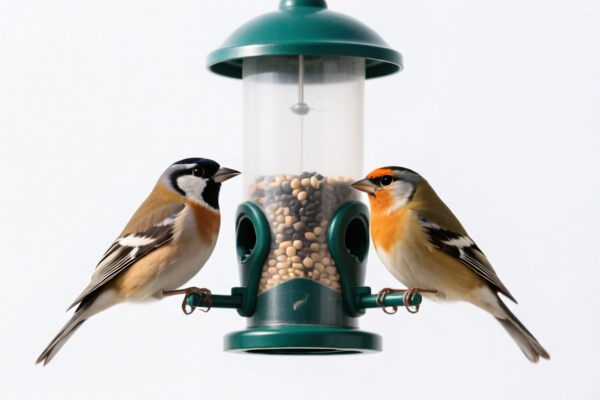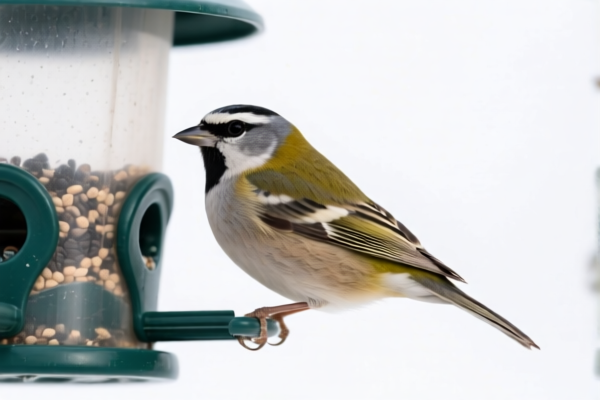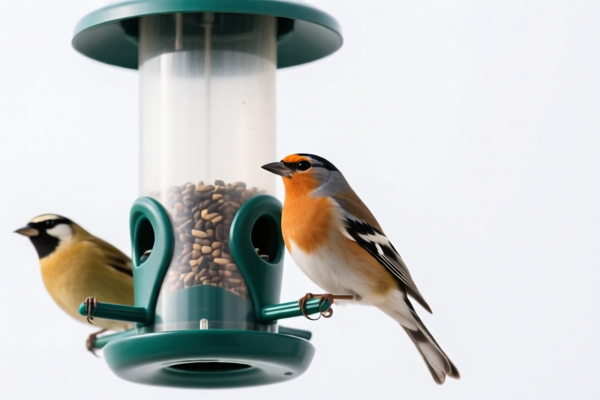| HS Code | Official Doc | Tariff Rate | Origin | Destination | Effective Date |
|---|---|---|---|---|---|
| 7013492090 | Doc | 60.0% | CN | US | 2025-05-12 |
| 7013993000 | Doc | 46.5% | CN | US | 2025-05-12 |
| 9617006000 | Doc | 37.2% | CN | US | 2025-05-12 |
| 9617001000 | Doc | 37.2% | CN | US | 2025-05-12 |
| 6914108000 | Doc | 64.0% | CN | US | 2025-05-12 |
| 6914908000 | Doc | 60.6% | CN | US | 2025-05-12 |
| 6909900000 | Doc | 59.0% | CN | US | 2025-05-12 |
| 6909195095 | Doc | 59.0% | CN | US | 2025-05-12 |
| 7323997000 | Doc | 60.3% | CN | US | 2025-05-12 |
| 7323999080 | Doc | 83.4% | CN | US | 2025-05-12 |
| 7326908688 | Doc | 82.9% | CN | US | 2025-05-12 |
| 7326903500 | Doc | 87.8% | CN | US | 2025-05-12 |
| 3924104000 | Doc | 33.4% | CN | US | 2025-05-12 |
| 3924905650 | Doc | 40.9% | CN | US | 2025-05-12 |
| 3926901000 | Doc | 40.9% | CN | US | 2025-05-12 |
| 3926901000 | Doc | 40.9% | CN | US | 2025-05-12 |




Bird Bowl
A bird bowl, also commonly referred to as a bird bath, is a shallow basin of water designed for birds to drink, bathe, and preen in. They are a popular addition to gardens, providing a valuable water source, particularly during dry periods or when natural water sources are frozen.
Material
Bird bowls are constructed from a variety of materials, each with its own advantages and disadvantages:
- Ceramic: Offers aesthetic appeal and can be found in diverse designs. Can be prone to cracking in freezing temperatures if not frost-proof.
- Concrete: Durable and heavy, providing stability. Can also be susceptible to cracking in extreme weather, though more resistant than ceramic.
- Metal: Typically cast iron or copper. Durable and visually appealing. Can heat up significantly in direct sunlight, potentially deterring birds; darker metals require shading.
- Plastic: Lightweight and affordable. Less aesthetically pleasing than other materials but highly durable and resistant to cracking.
- Stone: Natural stone bowls are very durable and blend well with garden landscapes. Can be heavy and expensive.
- Glass: Offers a decorative option, but is fragile and requires careful placement to avoid breakage.
Purpose
The primary purpose of a bird bowl is to provide birds with:
- Drinking Water: Essential for hydration, especially during hot weather.
- Bathing: Birds require regular bathing to maintain feather health for proper insulation and flight.
- Preening: Birds use water to clean and condition their feathers, removing parasites and distributing waterproofing oils.
Function
A bird bowl functions by collecting and holding water in a shallow basin. The shallow depth allows birds to safely bathe and drink without risk of drowning. The texture of the bowl's surface is important; a slightly rough surface provides birds with better footing.
Usage Scenarios
- Gardens: The most common placement, providing a focal point and attracting wildlife.
- Patios & Decks: Can be placed on stands or directly on surfaces, offering close-up bird viewing.
- Balconies: Smaller bowls are suitable for balconies, providing water sources in urban environments.
- Parks & Public Spaces: Larger, more robust bowls are used in public areas to support bird populations.
Common Types
- Pedestal Bowls: Elevated on a stand, offering protection from ground predators and a more decorative appearance.
- Ground Bowls: Placed directly on the ground, typically larger and more accessible for a wider range of bird species.
- Hanging Bowls: Suspended from trees or structures, providing a unique aesthetic and deterring some predators.
- Solar-Powered Bowls: Include a pump to circulate the water, attracting birds with the sound and movement.
- Heated Bowls: Equipped with a heating element to prevent freezing in cold climates.
- Multi-Tier Bowls: Feature multiple levels, accommodating different bird sizes and reducing competition.
Based on the provided information, “bird bowl” can be classified under several HS codes, depending on the material composition and intended use. Here's a breakdown of potential classifications:
-
7013492090: This HS code covers glassware of a kind used for table, kitchen, toilet, office, indoor decoration or similar purposes (other than that of heading 7010 or 7018). Specifically, it applies to glassware used for table or kitchen purposes, other than of glass-ceramics, valued not over $3 each. If the bird bowl is made of glass and intended for use as a feeding or watering dish for birds (similar to kitchen use), this code may be applicable. The total tax rate is 60.0%, comprising a 22.5% basic tariff, a 7.5% additional tariff, and a 30.0% additional tariff effective after April 2, 2025.
-
3924104000: This HS code covers tableware and kitchenware of plastics. If the bird bowl is made of plastic and intended for use as a feeding or watering dish for birds (similar to kitchenware), this code may be applicable. The total tax rate is 33.4%, consisting of a 3.4% basic tariff and a 0.0% additional tariff, with an additional 30.0% tariff effective after April 2, 2025.
-
7323997000: This HS code covers other articles of iron or steel, specifically cookingware. If the bird bowl is made of iron or steel and used for feeding birds (similar to cookingware), this code may be applicable. The total tax rate is 60.3%, consisting of a 5.3% basic tariff, a 0.0% additional tariff, and a 30.0% additional tariff effective after April 2, 2025, plus a 25% additional tariff for steel and aluminum products.
-
3926901000: This HS code covers other articles of plastics and articles of other materials of headings 3901 to 3914, specifically buckets and pails. If the bird bowl is made of plastic and resembles a small bucket or pail, this code may be applicable. The total tax rate is 40.9%, consisting of a 3.4% basic tariff, a 7.5% additional tariff, and a 30.0% additional tariff effective after April 2, 2025.
It is important to determine the exact material composition of the bird bowl to ensure accurate classification.
Customer Reviews
No reviews yet.